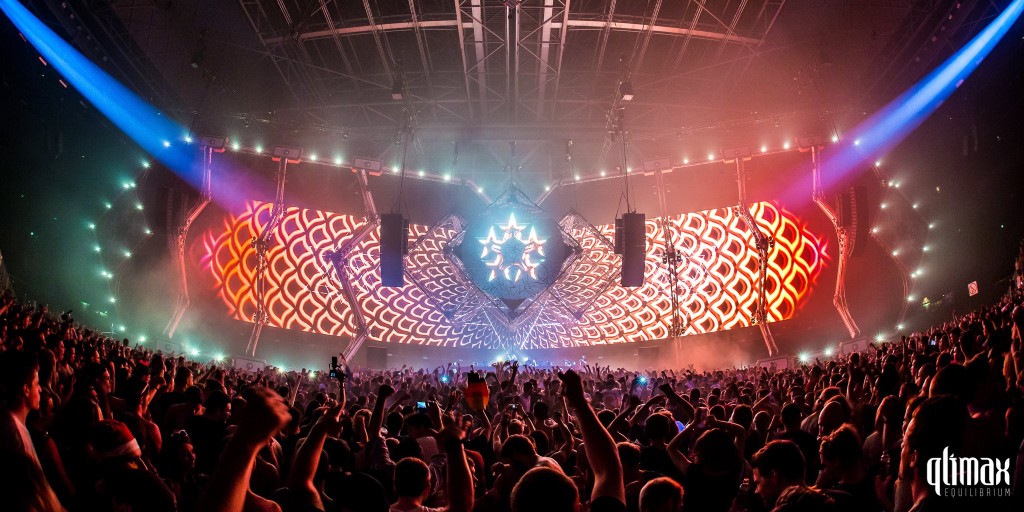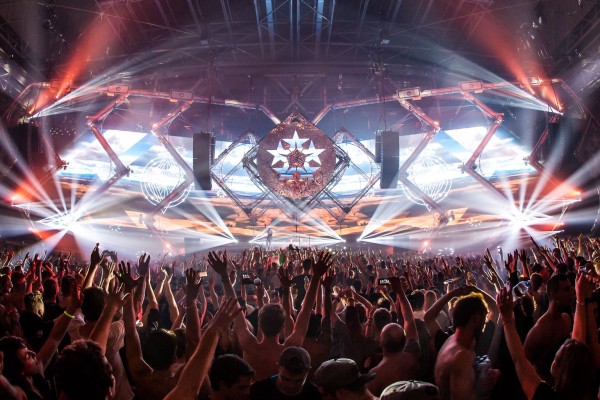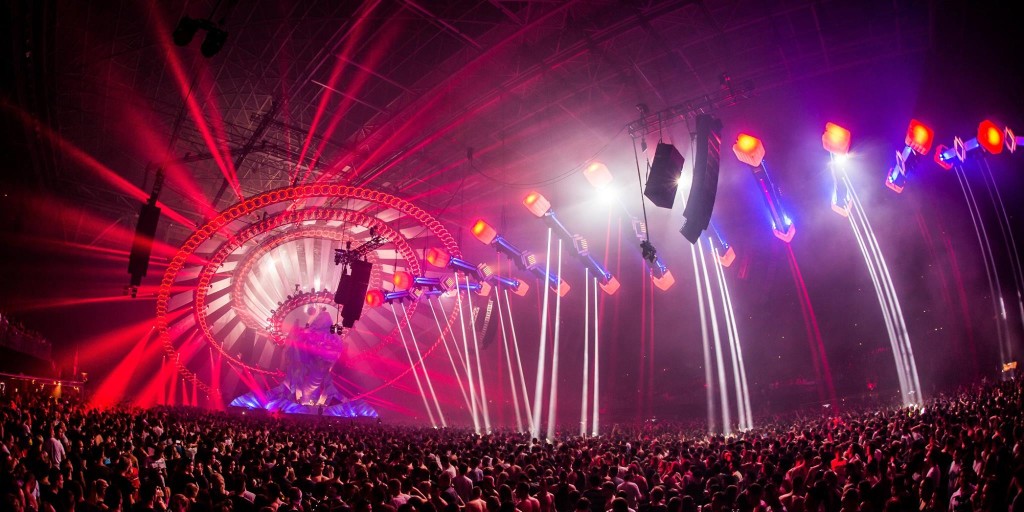Is Qlimax’s simple formula the secret to success?
Eleven artists. Nine hours. One arena… and over 27,000 people. Unlike their local and international competitors who rely on multiple stages and hundreds of DJs, Qlimax’s musical and visual reputation seems to be unbeatable, despite its short list of headliners.
So, what is it about Qlimax that people love?
Is it the best showcase of the scene’s artists, who are at the peak of their careers? Is it the enormous production, incredible lightshow of RGB lasers and surreal sound system? Or is it simply the hardstyle mecca for all fans, who must make the pilgrimage at least once in their lives?
Since 2000, Qlimax has harnessed the themes of darkness and mystery and turned it into a living, breathing experience that is difficult to forget – just like a good hardstyle track. But this year’s party has been slammed by attendees who believe that the lineup was boring, the stage was a total disappointment, and the whole event was weaker than previous years (many commenting that ‘that was my last Qlimax party’).
 **Qlimax 2015 (above) and the 2014 edition (below)**
**Qlimax 2015 (above) and the 2014 edition (below)**
Its popularity has drawn thousands of fans from across the world to The Netherlands, so it’s only fair that they give the same high-quality standard that the past editions have provided. And although anyone can be a critic via social media and forums, it is important for Q-dance to respond to these negative criticisms because they’re louder than ever before. The reputation of Qlimax is undeniable and it tells us that maybe Q-dance have unlocked the secret to a successful event: less is more.
In a way, Q-dance are like Apple or Google, who also follow a similar approach to their work: they keep their brand simple, anyone can use it, and they are always innovating ahead of the rest.
However after the 21st of November, it seems like Qlimax’s innovation is fading away.
As the pioneering force behind harder music events, Q-dance have earned their place in the hierarchy – but does that allow them to give less than they have before? Past editions of Qlimax featured complex stages that shifted and evolved for each artist: enormous screens split in two, massive props dropped from the ceilings or emerged from below, and webs of shapes formed huge artworks around the DJs… But this year, there was no a dramatic cloth-reveal, no marvellous spectacle… there was only a wide screen stretched across the stage with a spine that lined the top of the arena. This hugely shocked and disappointed many of the returning Qlimax fans because they were used to much, much more. The 3D aspect was gone and superseded by a digital display which seemed like a “low-budget joke” to them. Other critics commented that the stage “strongly reminds them of b2s’ Hard Bass,” a powerful competitor who also holds their event at the Gelredome, attracting 35,000 people in 2014.
Perhaps this is why Qlimax has downsized their production and relied on its brandname to sell tickets? If B2S can get away with a LED stage and lasers only, then are Q-dance trying to do the same? At the risk of weakening their reputation, their 2015 stage was a risk which seems to have lost them a significant number of loyal Qlimax lovers. For the first-timers though, it was still an environment that blew their minds…
But they only need to visit to YouTube to see a decade of breathtaking stage efforts.
Qlimax 2013 Aftermovie: One of the most innovative stage designs and overwhelming productions.
Evolving with 21st century technology is essential but the key elements of an event should stay the same, especially if they’re famous for it.
Bring back the iconic, unmatchable stages that make Qlimax so unique and special.
This isn’t just about stages though. The key difference between Qlimax and its competitors is their choice of headlining artists; one highlights 10-11 of the mainstream favourites and heroes, and others present 15+ talents alongside many experienced DJs. Some people argue that it isn’t Qlimax’s job to promote new talents, but with such a strong following, it is a good opportunity for them to shine the light on the producers who are working tirelessly to share their music.
According to an interview with Q-dance’s creative Director Jonas on https://edm.com earlier this year, they follow the trinity formula:
“Every DJ serves a specific function. The first three make you aware of your surroundings. Then, you get in the zone, lose track of it, and your experience becomes abstract and trippy…The music becomes visual – that’s how we create our environments, & that’s how we translate the music!… Hardstyle is the common ground in this trinity. We strive for a different balance in how people experience the party – the balance between artists & music, visitors & energy, Q-dance & the environment.”
But for the past few years, the same artists have been recycled and new additions are only given a versus set or a 30 minute solo… What an insult to the newcomer. It’s hardly a “balance between artists and music” because these new additions deserve nothing but fair and equal treatment. To keep our scene alive, we need to strengthen the next generation of producers. Giving them only half an hour is not going to help our scene succeed in the future. They have the power to create collaborations between new and old producers, so why not encourage that instead of relying on the same artists we see at every major festival – who have no choice but to play the same tracks that the crowd are used to hearing. It’s time for Q-dance to help the scene evolve again, just like it did in 2003, 2006, 2009 and 2012.
Keeping Qlimax simple can work, but it must continue to innovate. Qlimax was the ultimate event of the year because it gave us something that no other party could: imaginativeness at an epic scale. In no way should Q-dance let themselves be compared to others. They must give more to the rising stars who need it most. They must look at the negative criticisms and focus on improvement. And they need to look at their competitors to ensure that their own product is unlike the rest.




 02 Dec 2015
02 Dec 2015  Posted by Alive At Night
Posted by Alive At Night














